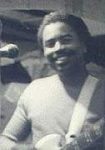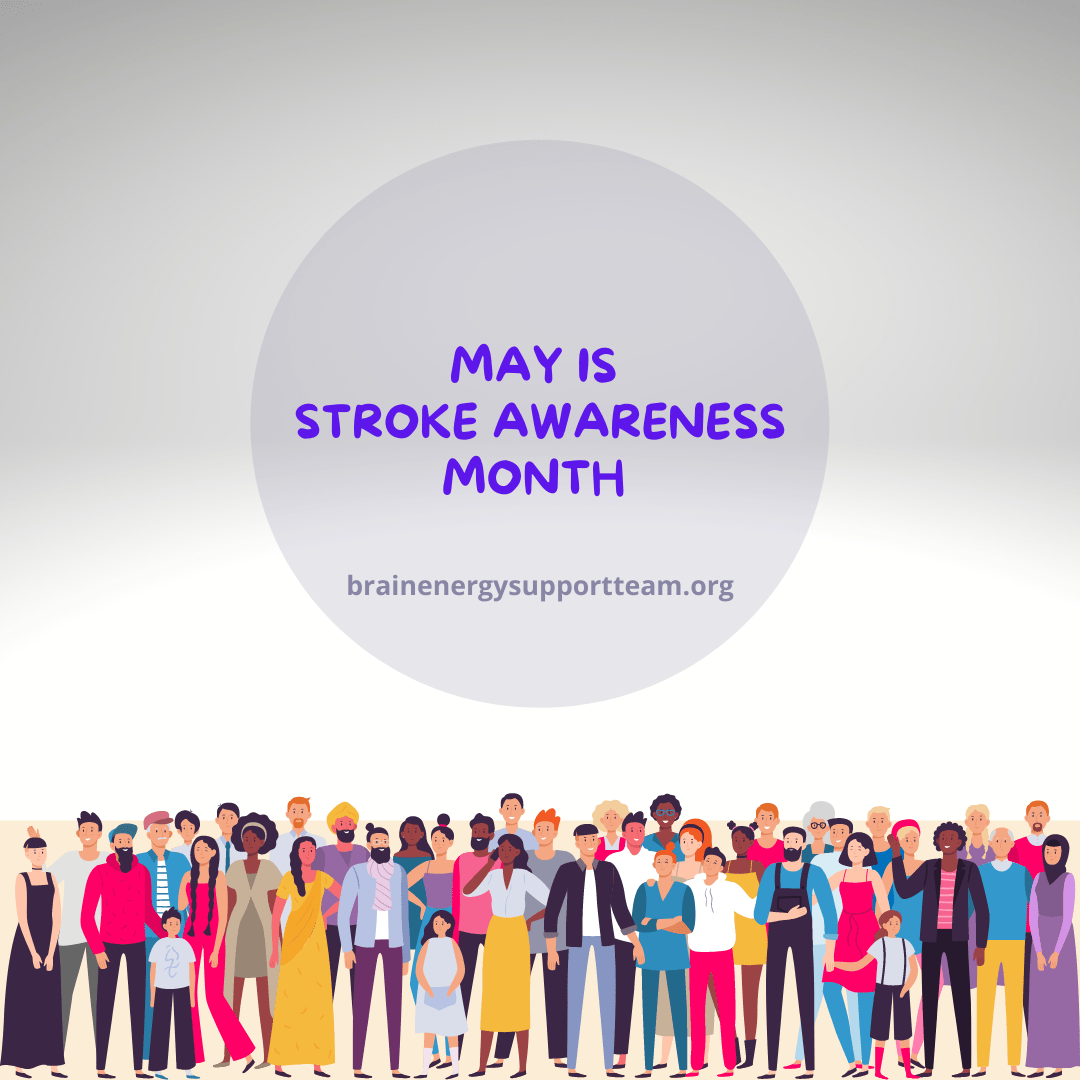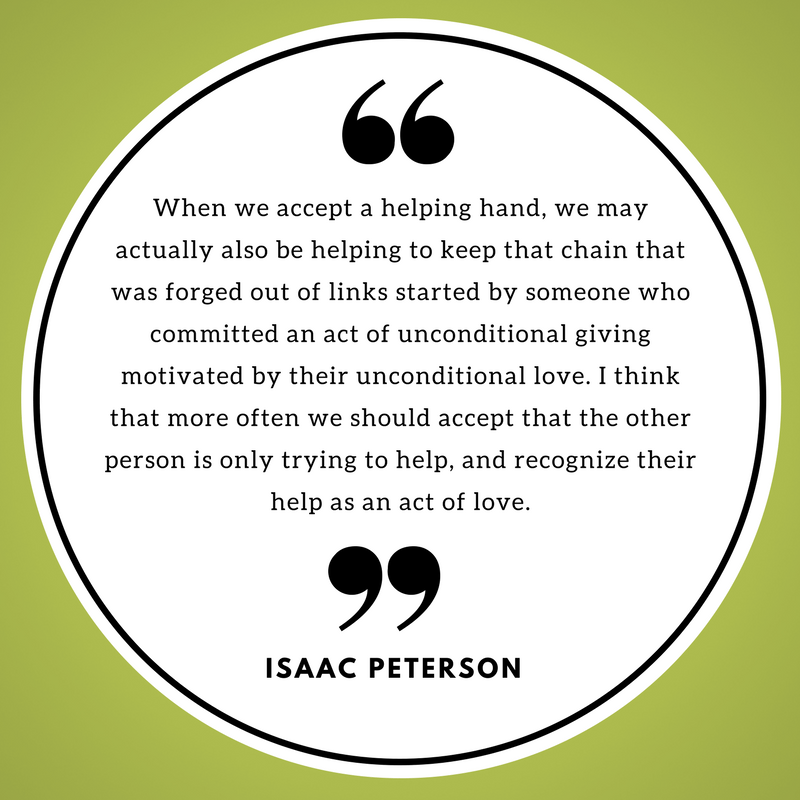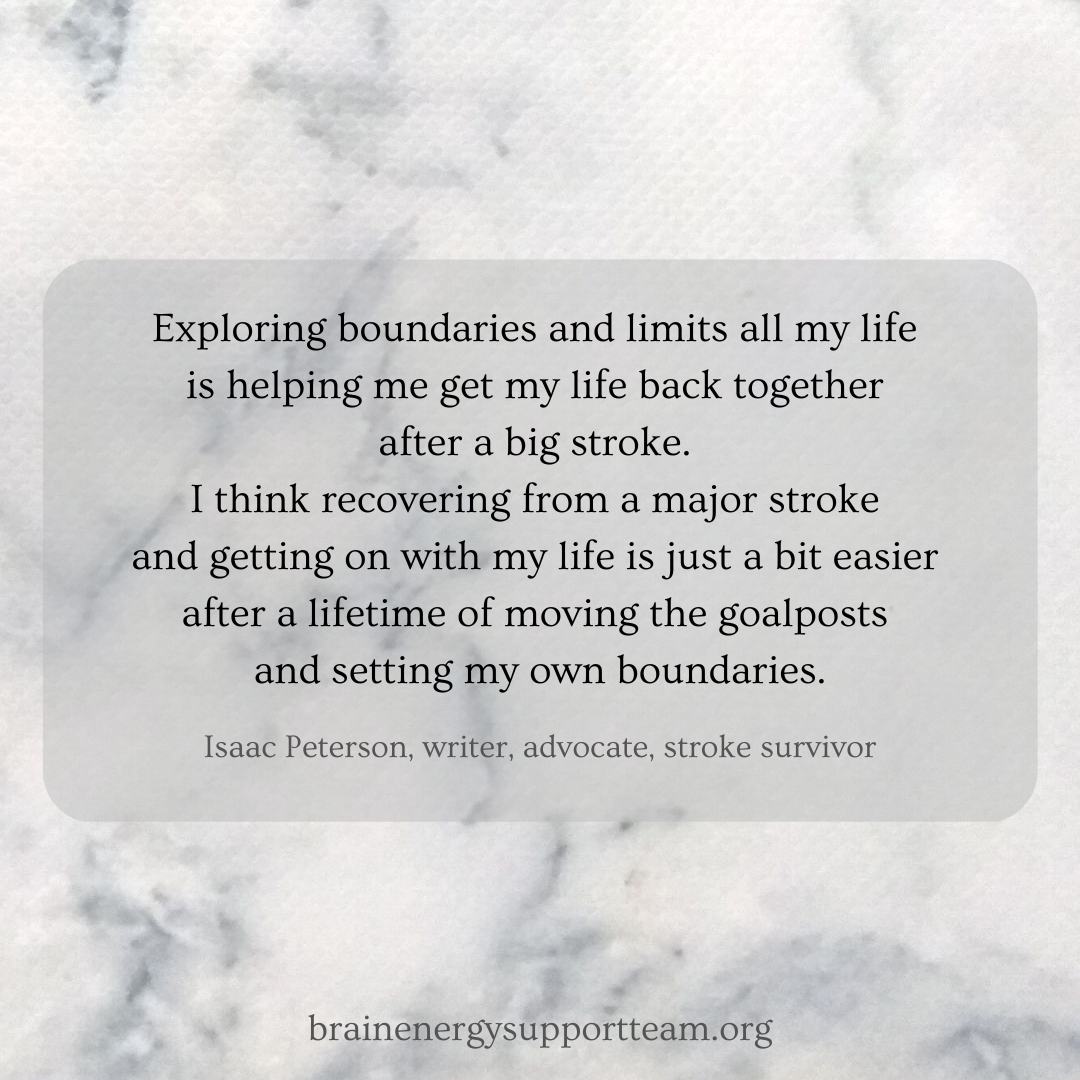(Editor’s note: Guest blog contributor Isaac Peterson explores dreaming and how your dreams can work for you in a positive way. Enjoy! KT)
If this idea works, it could be a way to literally make your dreams come true.
I’ve written about using visualization to achieve goals before. To put it in a nutshell, visualization is a way you can consciously and deliberately use your imagination to work for you, purposely using it to help achieve your goals.
The idea is to plant the visual in your head and let your mind steer you on the right track.
One night, while I was thinking about that, it hit me; what if imagination is somehow related to dreaming? What if there was a way to direct your dreams the same way you can direct your imagination? What if there was a way to consciously use your dreams to visualize attaining goals as well? What if it was possible to visualize your goals both when you’re awake, and while you’re sleeping, so they’re always in your mind?
Turns out there might be a way: lucid dreaming.
Lucid dreaming is the kind of dreaming where you know you’re dreaming, and can even control what you dream. There are people who can do just that.
I’m not a lucid dreamer (yet), although I had a pretty cool experience once when I was about nine years old. I still remember falling asleep that night, and for a while I knew consciously that I had fallen asleep. I don’t remember much else but it seems I was dreaming lucidly for a while.
I haven’t tried my idea yet, but I wanted to run it past you in case you night want to give it a shot. The idea was so cool in my head, I had to tell you about it and let you decide for yourself.
Here is a list of some techniques that will supposedly let you train yourself to dream lucidly, if you can’t already. The ideas are derived from the work of a leading sleep researcher named Dr. Stephen LaBerge.
First, make sure your bedroom is dark and quiet. Create the setting that will make sleeping and dreaming possible. Tell yourself over and over, I will be aware that I’m dreaming, until you fall asleep. You may also try staring at your hands before you drift off and tell yourself you will dream you can see your hands.
Here are some other exercises you can do while you’re awake that may help you dream lucidly:
Exercise 1
Do reality checks.
If you’re lucid dreaming, your dream seems as real as when you are awake, to the point you may actually have difficulty telling which is which. These checks will let you determine whether you are awake or dreaming.
Ask yourself if you are dreaming.
Check your surroundings to confirm whether or not you are dreaming. In real life, a clock will still show the same time when you look away for a few seconds, but a dream clock will show different times.
Notice your own consciousness and how you’re engaging with your surroundings.
Another suggested reality test is trying to push the fingers of one hand through the palm of the other. In a dream it’s possible, and likely that your fingers will go through, where they won’t in the real world. A third exercise is visualizing yourself flying. If you’re dreaming you will fly, not so much when you’re awake.
I wonder what would happen if Superman tried this?
Exercise 2
Keep a dream journal by your bed
When you write down your dreams, you’re forced to remember what happens during each dream. It’s said to help you recognize dream signs and improve conscious awareness of your dreams.
For best results, log your dreams as soon as you wake up. It’s also recommended to read your dream journal often. If writing in a journal isn’t practical, try using a voice recorder and describe your dream that way.
Exercise 3
Try going back to sleep right away and focus on the dream you were having. Try to replay the dream you were having and imagine that at the time you were dreaming you knew it was a dream. Focus on this until you are asleep again. This will apparently increase your chances of having a lucid dream.
Exercise 4
Recognize your dream signs
When you review your dream journal, notice whether certain themes or patterns keep coming up. These are said to be issues your inner mind is trying to work out. They can also give you a clue you are dreaming and give you suggestions of areas you might want to work on improving or eliminating from your life.
Exercise 5
Try to keep the dream going. Prolong the dream for as long as you can and experiment at directing it where you want it to go.
Once you get the hang of dreaming lucidly, it will be time to try using it to work on your goals. Work on dreaming the same images you use while you are awake, so that your dreams reinforce your imagination and give you a leg up on achieving your goals.
Some final thoughts:
You probably won’t be able to do it right away. Don’t get discouraged or give up. Like most other things, keep at it until it happens.
It’s possible to have a lucid nightmare. If you start having a nightmare, you can stop the nightmare any time you want and redirect it somewhere more pleasant.
Unlike in science fiction stories, if you somehow die in your dream, your physical body won’t die. If it happens in your dream, just dream yourself back to life, brush yourself off and keep going.
This one will be good news to some of you: an excuse to play video games: A 2017 study seems to suggest that playing a lot of video games can aid lucid dreaming. The idea is that playing video games exercises some of the same muscles and improves your ability to remember normal dreams and lucid ones.
Lucid dreaming has shown positive results in people with post-traumatic stress, anxiety, and people with physical disabilities.
This is just a brief outline; I didn’t intend to write a book, but to pass along enough to get you started. I’m sure I’m not the first to have this idea, but at the time it occurred to me I hadn’t heard it before and haven’t tried it yet myself.
To find out more, you can use your internet machine to do a search using terms like how to dream lucidly. I’ve just passed along ideas the sites I found had in common—there are others.
If you’re having trouble getting the hang of lucid dreaming on your own, it might be possible to get hands on help from a sleep lab or sleep clinic.
If lucid dreaming seems like something you might want to try, please go for it. It’s a totally free adventure. Give it some time to kick in, and you should be able to do it any time you want. And if it works for you, please let me know.
And if it does work for you, good luck living your dreams.

Isaac Peterson grew up on an Air Force base near Cheyenne, Wyoming. After graduating from the University of Wyoming, he embarked on a career as an award-winning investigative journalist and as a semi-professional musician in the Twin Cities, the place he called home on and off for 35 years. He also doesn’t mind it at all if someone offers to pick up his restaurant tab. Peterson also welcomes reader comments. Email him at isaac3rd@gmail.com.







